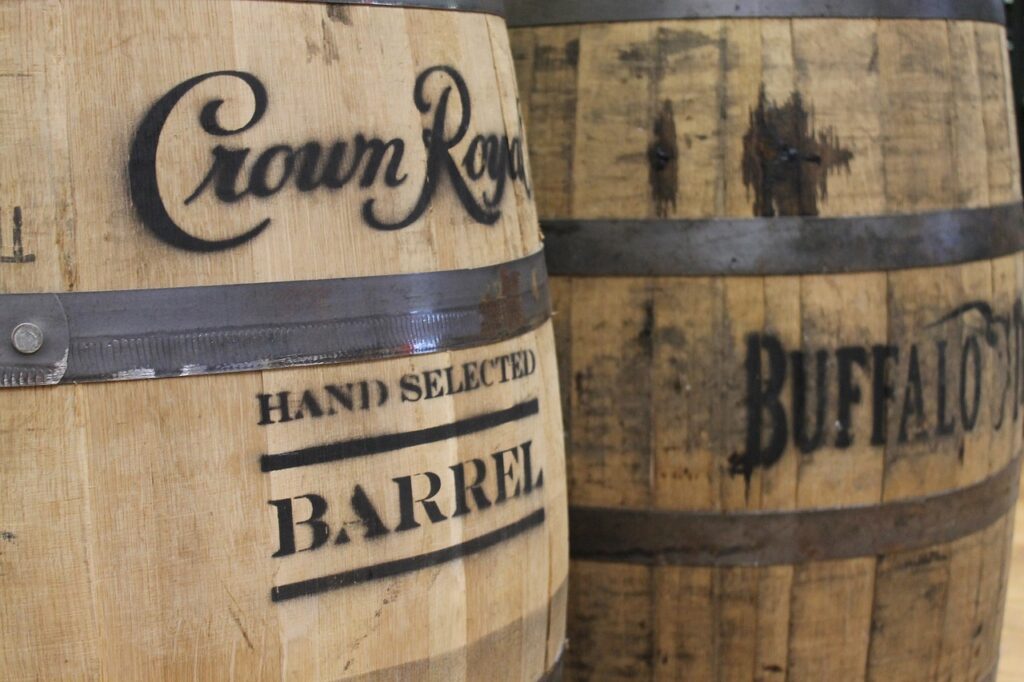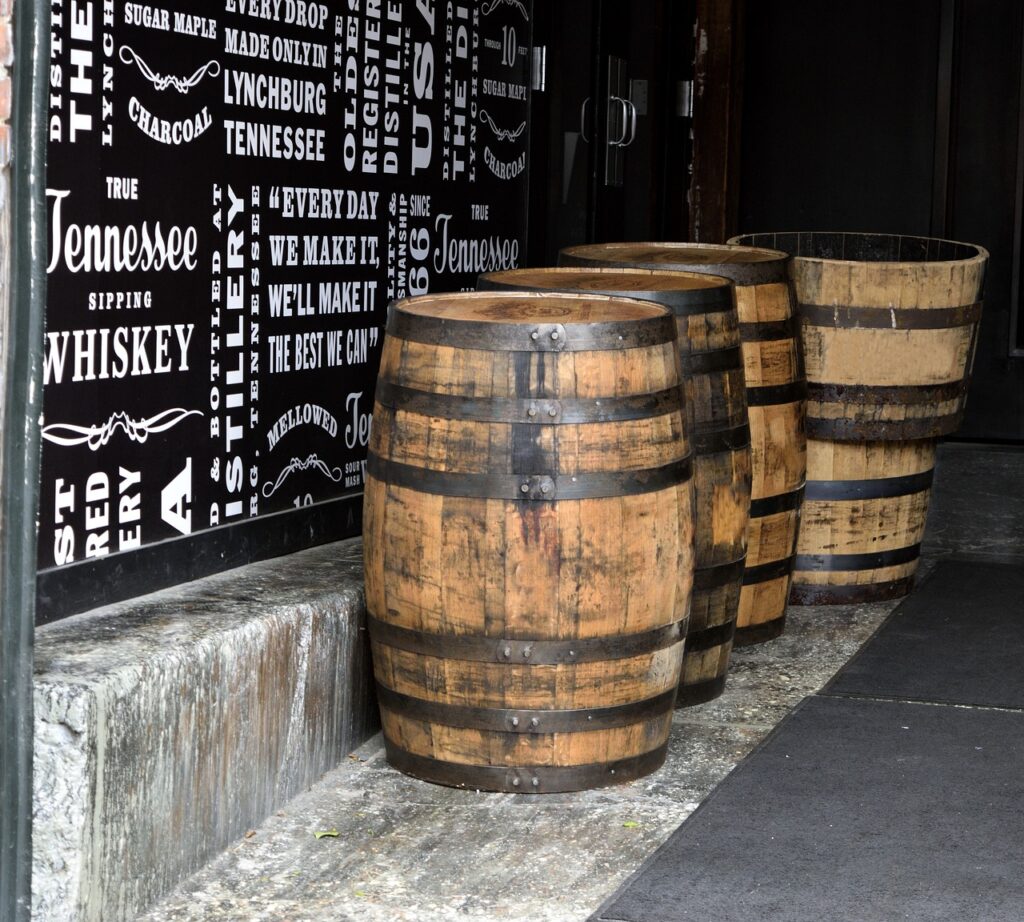
10 Tips To Properly Store Whiskey
Follow these 10 tips to ensure your whiskey is properly stored.
Have you ever wondered how climate impacts your favorite type of whiskey?
Temperature, humidity, geographical location, among many other factors, are arguably the most impactful variables during the whiskey aging process.
These outside factors play a huge role in the aroma, taste and overall character for how a whiskey will develop.

Temperature plays a major role in the whiskey aging process. As with many natural and organic compounds, wooden barrels tend to expand and contract during hot and cold temperatures. During warm periods, such as hot summer days, the wood expands, pushing the whiskey deeper into the charred or toasted layers of the barrel. Conversely, during cold winter nights, the wood contracts, releasing the whiskey back into the barrel’s core. Many distillers refer to this process as “breathing”.
While each wooden barrel can vary, on average, a standard whiskey barrel can change in volume between 1-3 gallons per year because of temperature. Meaning, the surface area of the wooden barrel increases and allows the whiskey to interact with the wood in greater detail.
The type of wood used for the barrel can affect how much it expands and contracts. Oak, which is the most common wood for whiskey barrels, has specific characteristics that allow it to expand and contract efficiently in response to temperature changes.
It’s important to note that these volume changes don’t necessarily correspond directly to the amount of whiskey lost or absorbed by the wood during aging. The expansion and contraction of the wood affect the surface area contact between the whiskey and the barrel, which influences flavor extraction and concentration, but the overall liquid volume changes may be less pronounced.

The speed at which whiskey is aged greatly depends on the climate in which it is kept in.
Many whiskeys mature more rapidly in specific types of climates, in turn, impacting its flavor profile.
In regions with hot climates, such as parts of the United States, India, and some parts of Australia, whiskey ages more rapidly. High temperatures in hot climates cause the wood of the barrels to expand and contract more vigorously, leading to increased interaction between the spirit and the wood.
Rapid aging in hot climates means that whiskey can develop flavor and character relatively quickly. In some cases, a few years of aging in a hot climate can result in a whiskey with flavor profiles similar to those achieved in much longer aging periods in cooler climates.
Cold climates, however, like those found in Scotland, parts of Canada, and certain northern U.S. states (e.g., Minnesota) slow down the aging process.
Colder temperatures limit the intensity of expansion and contraction in the wood, resulting in a gentler interaction between the whiskey and the barrel.
Whiskey aging in cold climates typically takes longer to reach the desired flavor profile and maturity. It may require several years or even decades to achieve the same level of development seen in a shorter time in hotter climates.
The speed of aging also affects the flavor profile of the whiskey. In hot climates, whiskey may develop bolder and more intense flavors more quickly, with prominent notes of oak, vanilla, and caramel.
Whiskey aged in cold climates tends to have a milder, softer character with delicate flavor nuances, often featuring fruity, floral, and herbal notes.
Whiskey aged in moderate climates may strike a balance between these extremes, offering a wide range of flavor profiles depending on factors like barrel selection and aging time.

Follow these 10 tips to ensure your whiskey is properly stored.

As I think about the whiskeys I enjoyed most in 2023, I must say, I am even more excited for the whiskeys set to release in 2024.

We hear the term “Bottled in Bond” thrown around quite frequently in the whiskey community. But what does it truly mean?

Here is my top 10 most enjoyed bourbons for 2023. Number 7 will surprise you.